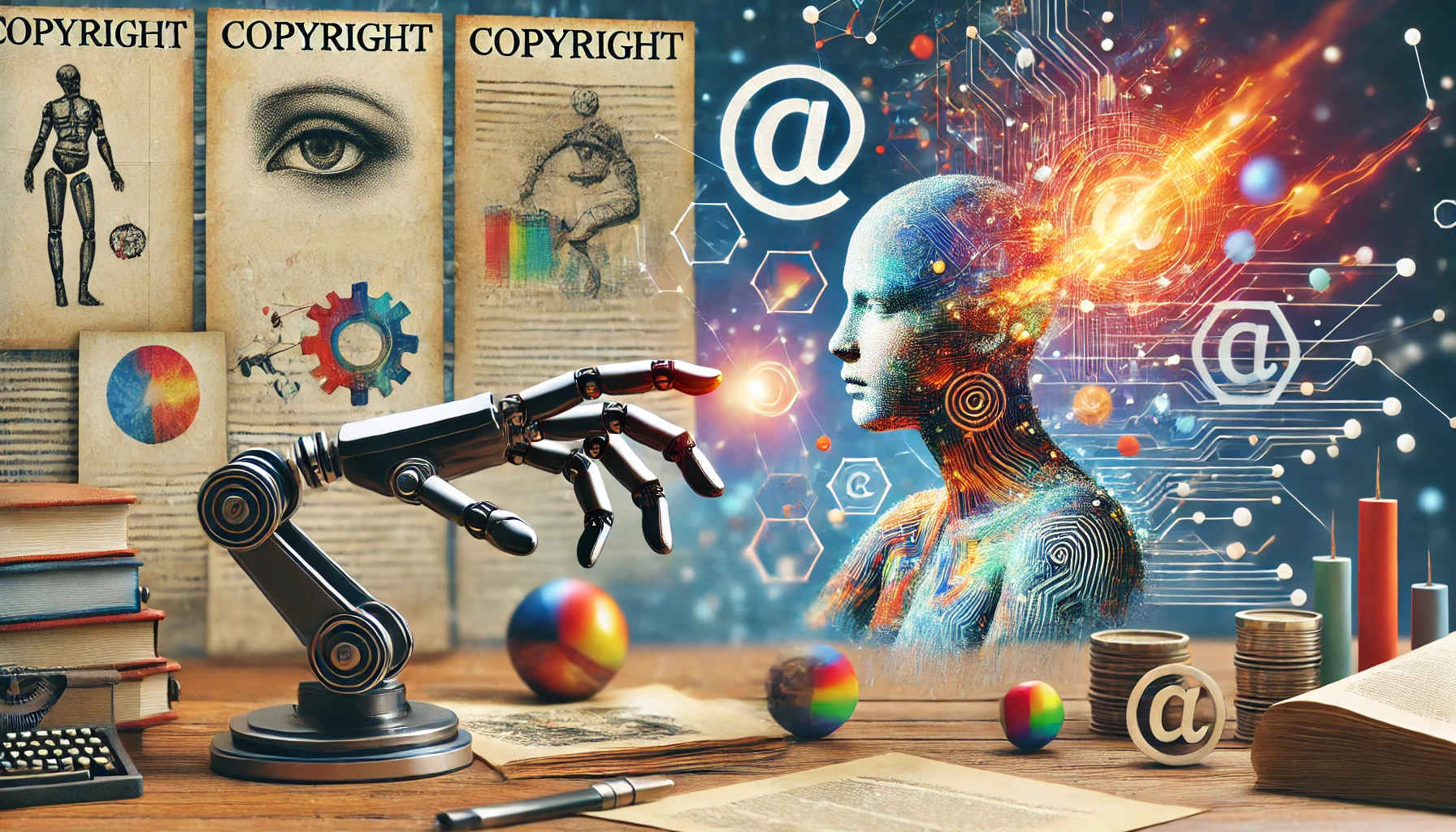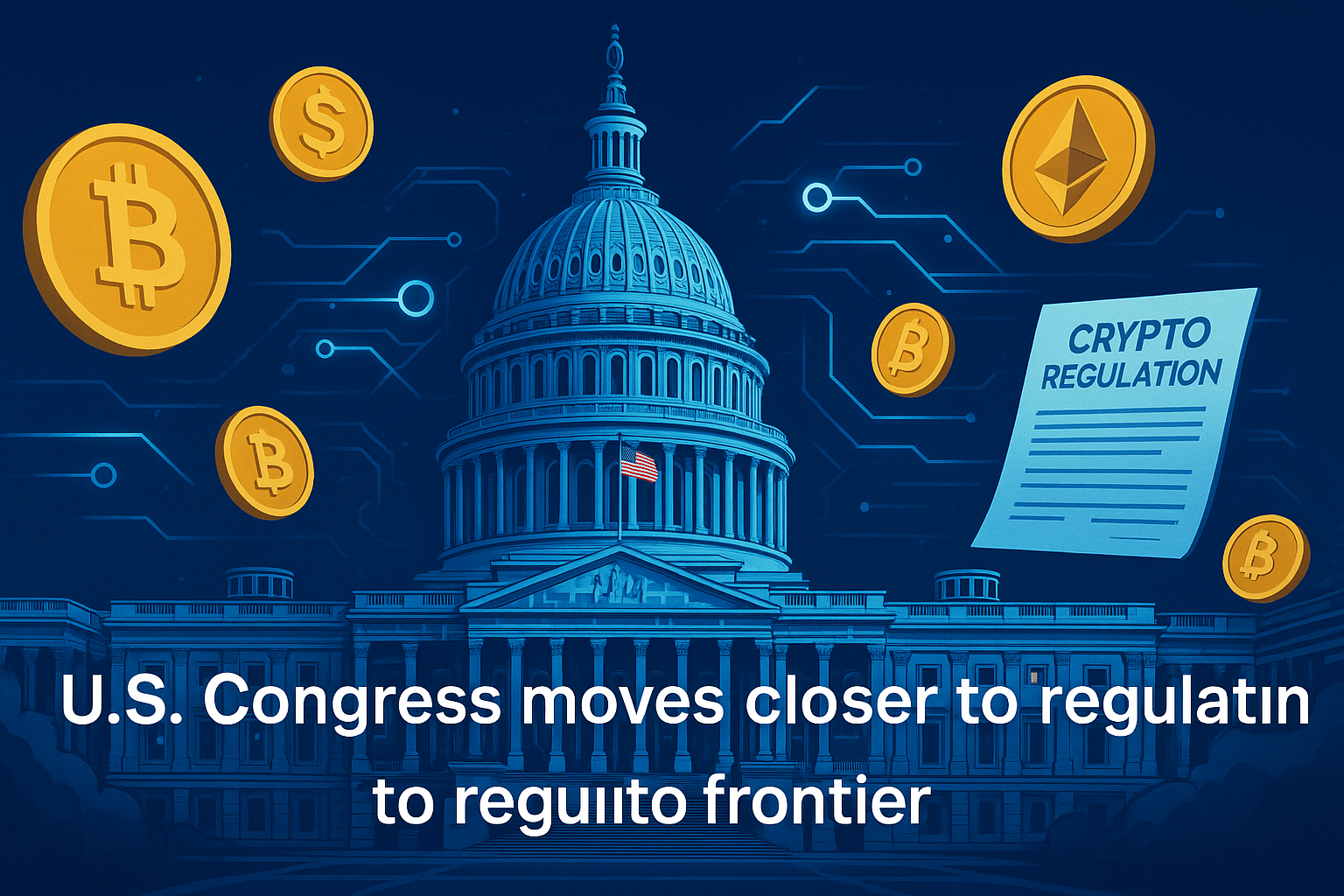As artificial intelligence (AI) continues to reshape industries, its impact on creative fields, particularly art, has sparked heated debates. One of the most contentious issues revolves around the copyrightability of AI-generated art. With technology enabling AI systems to produce sophisticated works of art, questions about ownership, authorship, and legal protection have become more pressing than ever. Recent court rulings indicate that human authorship remains a key requirement for copyright protection, highlighting the complex legal landscape surrounding AI-generated creations.
The Rise of AI-Generated Art
AI-generated art is produced using algorithms and machine learning models that are trained to analyze and replicate various artistic styles. These models can create anything from paintings and illustrations to music and literature. Platforms like DALL-E, DeepArt, and RunwayML have popularized the use of AI in art creation, allowing users to generate unique visuals by simply inputting a few prompts. However, as the technology becomes more accessible and the art more intricate, legal challenges have emerged.
The primary legal question: Who owns the copyright to a piece of art that an AI creates? Is it the developer of the AI, the person who provides input into the system, or is it the AI itself? These questions are at the heart of numerous legal disputes that are testing the boundaries of current intellectual property (IP) law.
The Role of Human Authorship
According to copyright law in most jurisdictions, a work must have human authorship to be eligible for copyright protection. This has led to courts ruling that AI-generated art, without any substantial human input, cannot be copyrighted. The landmark case that solidified this principle was in the United States, where a federal judge ruled that AI-created works are ineligible for copyright because human authorship is a key element of copyright law.
The U.S. Copyright Office echoed this sentiment in 2022 when it rejected the registration of a work created solely by AI. The Office stated that while AI can assist in the creation of art, it cannot replace the human mind’s “creative expression,” which is the cornerstone of copyright protection.
This ruling has significant implications for artists, developers, and companies that use AI to generate creative content. While AI can produce highly original works, the legal framework in place does not recognize these works as protectable under current copyright law unless substantial human contribution is evident.
Legal Disputes and Court Rulings
The legal disputes surrounding AI-generated art are far from settled, and cases continue to arise globally. Some parties argue that the lack of copyright protection for AI-generated art stifles innovation, while others believe it is necessary to prevent the over-commercialization of art produced by machines.
In one case, an artist who used an AI tool to generate a series of digital artworks sought copyright protection, claiming that their creative prompts constituted authorship. The court ruled that while the prompts influenced the final output, the AI was the primary creator, and thus the artwork could not be copyrighted. This ruling underscored the legal system’s reliance on human creativity as the foundation for intellectual property rights.
Moreover, companies that develop AI systems are also entering the fray, seeking to claim ownership over the outputs produced by their algorithms. This introduces additional complexity, as developers argue that their software, having been programmed by humans, should be considered an extension of their authorship. However, courts have yet to fully address whether an AI system can be treated as a tool similar to a camera or paintbrush, or whether its role in creating the work is fundamentally different.
The Global Perspective
Different countries are grappling with these issues in varied ways. While the U.S. has taken a firm stance on human authorship, other countries are exploring alternative approaches. For instance, the European Union is considering updates to its copyright laws to account for AI-generated content, including whether limited protections should be offered to AI-generated works. Countries like China and Japan are also beginning to establish guidelines on how AI-generated works should be treated under intellectual property law.
These developments highlight the need for a global, standardized approach to AI-generated art and its legal status. As AI technology continues to advance, the inconsistencies in how different countries handle copyright issues could lead to confusion and legal uncertainty for creators, developers, and consumers alike.
The Future of AI-Generated Art and Copyright
The legal landscape for AI-generated art is still evolving, and future rulings may reshape how copyright law applies to these works. Some legal experts suggest that a new category of intellectual property may need to be created to accommodate AI-generated content. This would allow creators, developers, and AI systems to be assigned appropriate rights and responsibilities, without undermining the importance of human creativity in artistic endeavors.
For now, artists and developers working with AI must be aware of the limitations of current copyright law and the potential risks associated with creating AI-generated works. While these creations can be sold, displayed, and shared, they may not enjoy the same level of legal protection as works created by human hands.
As AI-generated art continues to blur the lines between human creativity and machine output, the legal framework surrounding it remains unsettled. The requirement of human authorship for copyright protection presents a significant hurdle for those looking to capitalize on the capabilities of AI. Courts have made it clear that without substantial human input, AI-generated works cannot be copyrighted, leaving developers and artists in a legal gray area.
The ongoing legal disputes over AI-generated art will likely shape the future of intellectual property law, pushing lawmakers to reconsider how creative works are defined in an era where machines play a significant role in artistic production. For now, the debate continues, with the art world watching closely to see how the legal system will adapt to this rapidly evolving technology.




